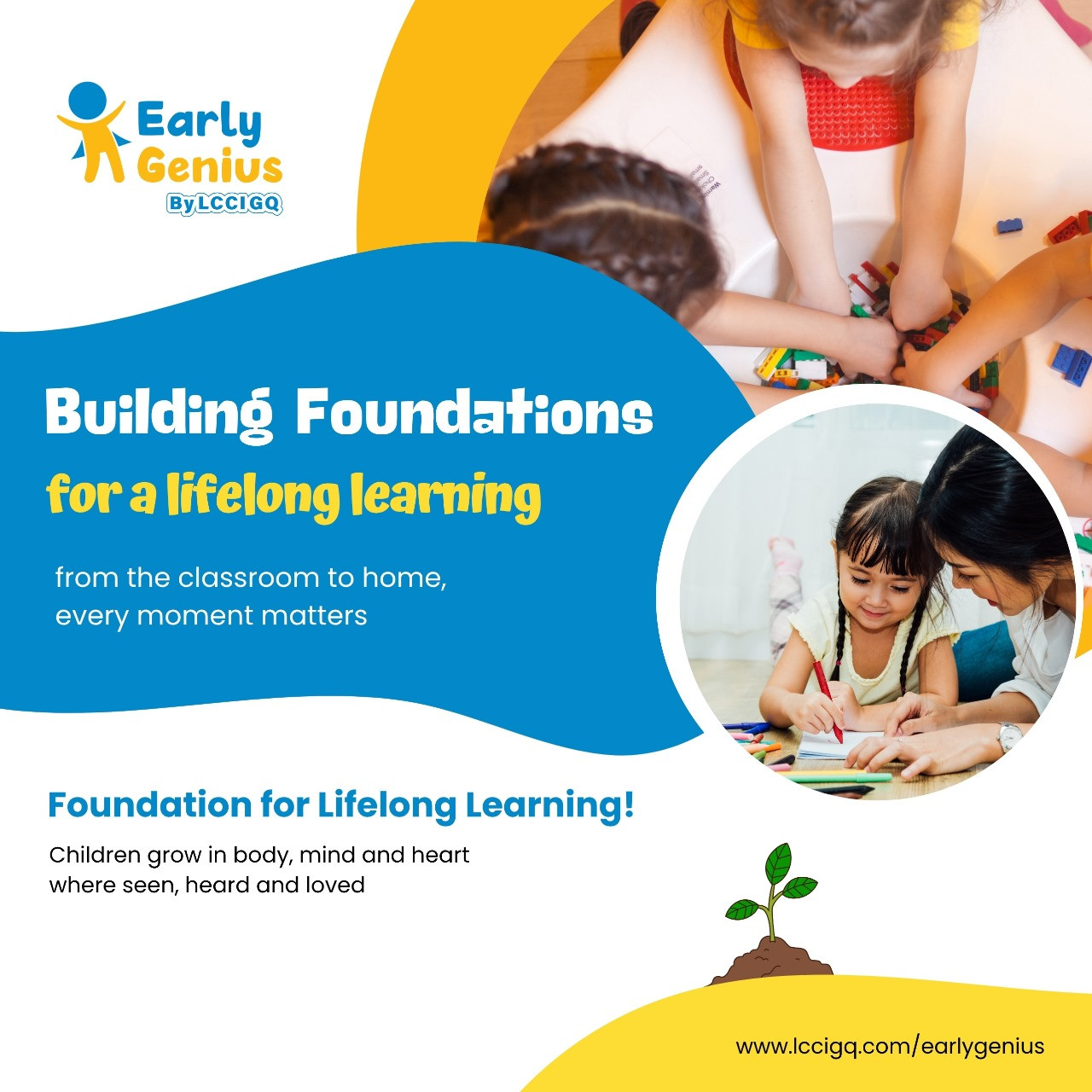
It was a quiet spring morning in a preschool tucked between the old courtyards of Lalitpur. The classroom was filled with soft music and the smell of fresh incense from a nearby temple. Little Nisha was carefully arranging colored beads in a pattern, while her friend Rohan was trying to balance on one foot near the reading mat. A few children were singing a local rhyme, clapping in rhythm.
Their teacher, Ms. Anju, paused. She had seen these moments before—but today, she looked closer. Nisha wasn’t just playing—she was learning how to focus, sort, and express herself. Rohan wasn’t just moving—he was building balance and body awareness. That morning, Ms. Anju realized that each child was learning in their own way, based on their stage of development.
She understood that to support them well, she needed to tailor her teaching to the stage—not just follow a fixed plan.
Children between 2 and 6 years grow quickly. They learn to move, speak, think, and connect with others. These changes happen in stages. When teachers understand these stages, they can plan more effective activities and create a classroom where every child feels safe, valued, and supported.
How Teachers Can Support Them
Age group: 2–3 years
Age group: 3–4 years
Age group: 4–5 years
Age group: 5–6 years
When teachers teach based on how children grow, they stop expecting every child to do the same thing at the same time. Instead, they give space for rhythm, repetition, and relationships—key parts of early learning.
In Nepal’s preschools, this leads to:
02 Nov 2025